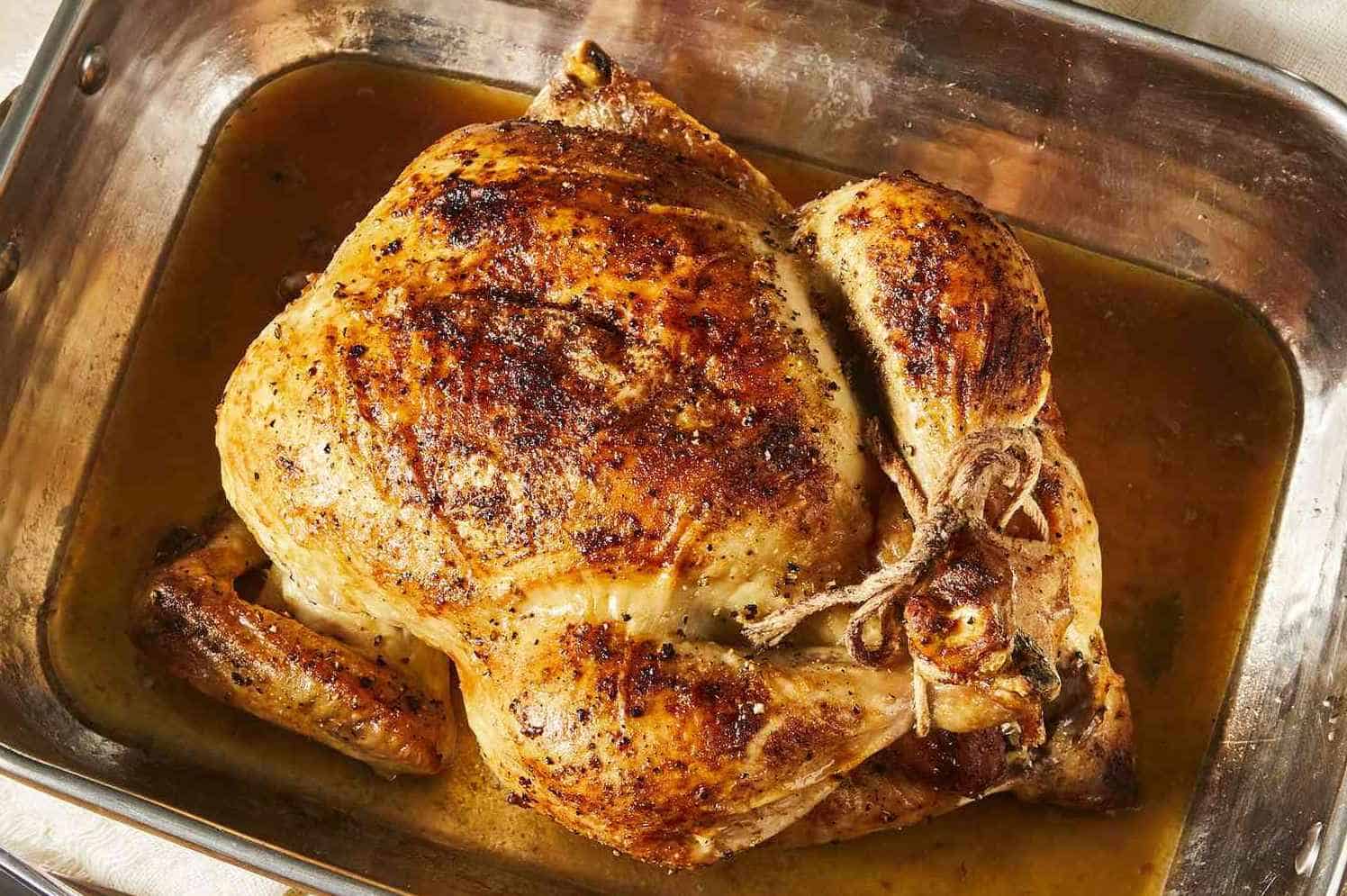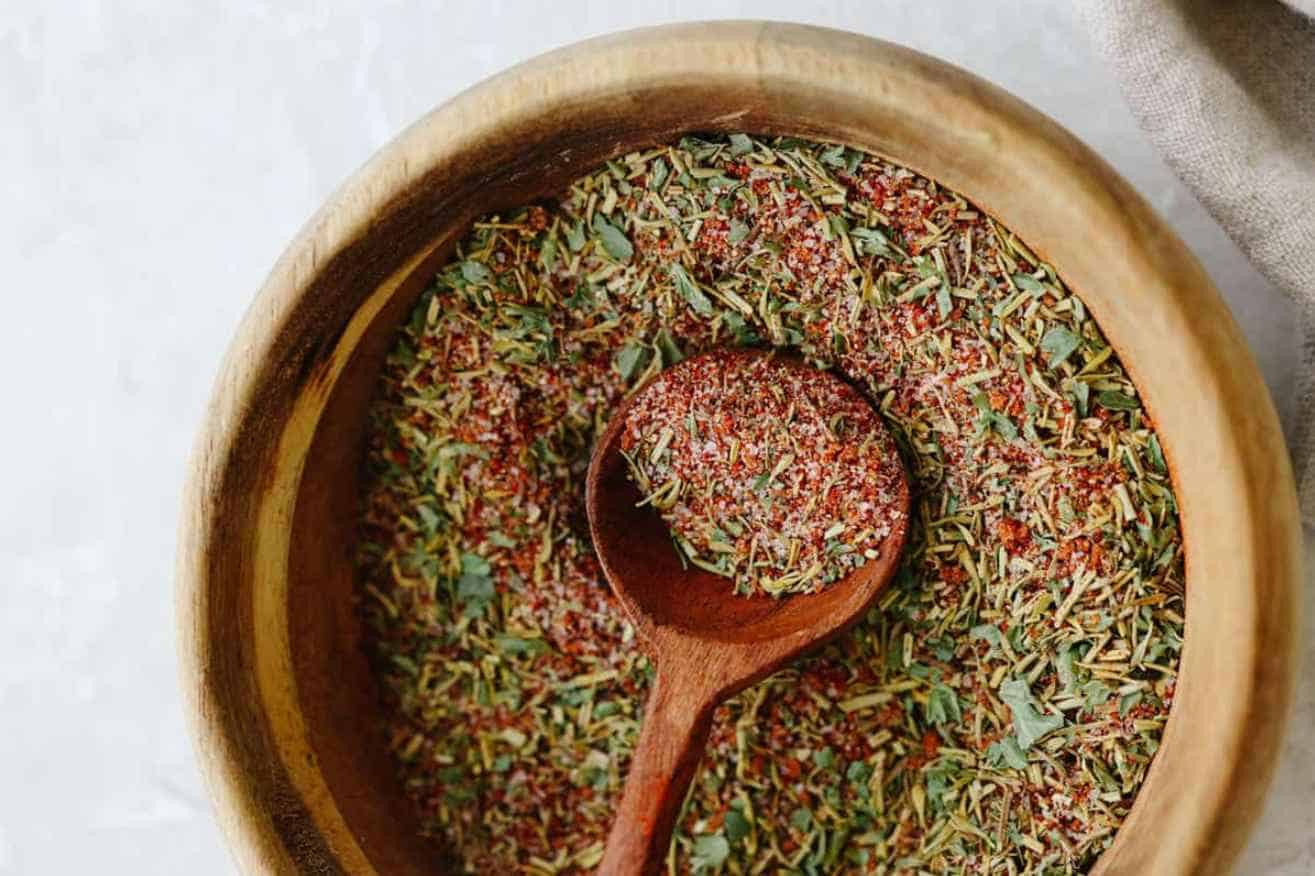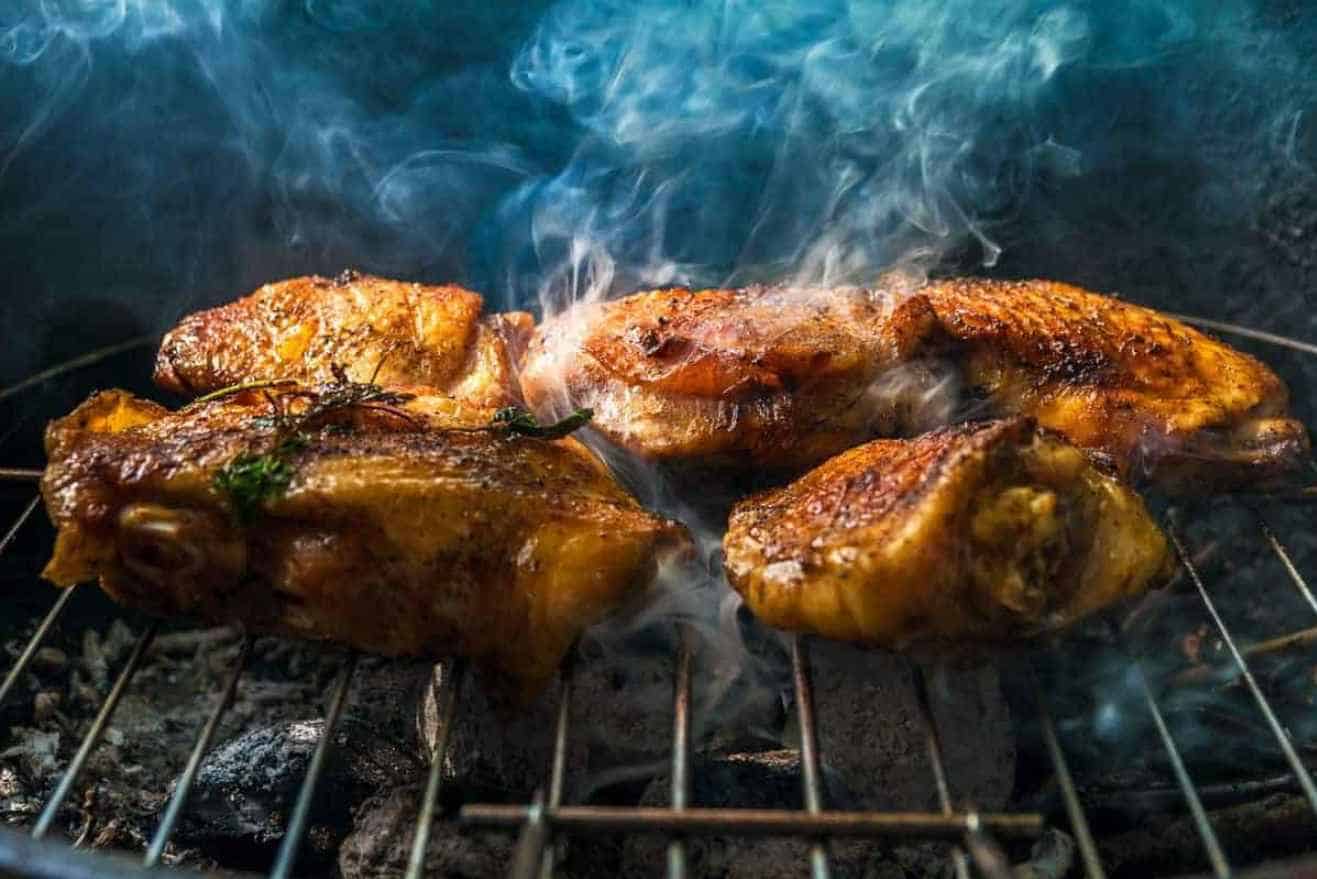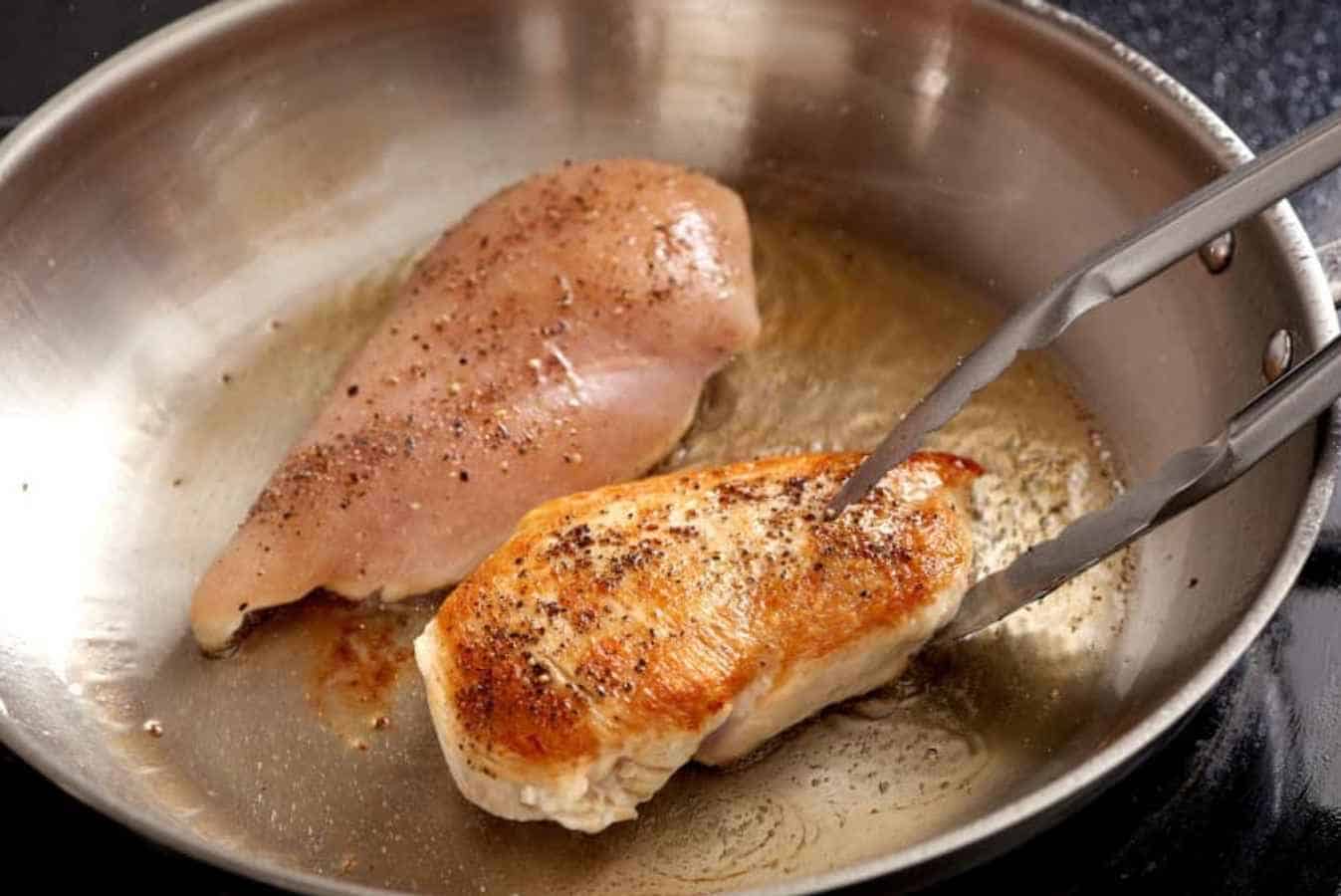It can be confusing when recipes require you to “brown” the chicken. Does it mean you have to fry it?
Or do you need to grill it first before adding other ingredients? Browning chicken entails searing it briefly. It’s intended to lock in the juices and intensify the aroma. This article shows how to brown chicken for that perfect dish.
Why Do You Need to Brown Chicken?
Do you really need to brown chicken? It’s one of the common questions asked in online cooking forums. The simple answer is yes. Browning poultry results in a golden-brown and crispy outer layer. Browned chicken also smells good and tastes more delicious.
What does “browning” chicken mean?
“Browning” chicken means searing it on both sides for a short time. You don’t need to cook it all the way through. The process aims to give it a nice, brown crust. It’s usually the first step in the cooking process. Some recipes require cooking the browned chicken in sauce or finishing it in the oven.
What is the Maillard reaction?
A chemical reaction happens between carbohydrates and protein, resulting in a distinct browning of food. This fusion of molecules occurs between 284-320 F. This process produces hundreds of new flavor profiles and mouthwatering aromas.
Do you always need to brown chicken?

Browning chicken may add more minutes to your cooking time. It can also mean another pan to wash. However, it’s a vital step towards a more savory dish. If a recipe calls for you to brown your chicken, go for it. Having a juicier and more tender piece of chicken will be worth your efforts.
On the other hand, if you’re pressed for time, you can still skip this step. Some dishes, like chicken soup, will still taste great even if you skip browning the meat. Pale, uncomplicated chicken can still shine with the correct seasoning.
When is it okay to skip browning chicken?
The decision to brown the chicken will depend on the cut and the recipe’s other ingredients. You can skip browning chicken with bones and skin intact. These cuts are already flavorful as they are.
You can also forego browning ground chicken if you’re using them for soups. These meatballs simmered in flavorful broth can still come out delicious. You can refrigerate the chicken “balls” for 15 minutes so they won’t break while cooking.
What to Prepare Before Browning Chicken?
Food influencers and celebrity chefs may present browning chicken as a straightforward task. However, there’s more to it than simply heating meat in a pan. Missteps may lead to a bitter, burnt, or rubbery chicken. Preparation is the key to avoiding a kitchen fiasco.
Chicken’s temperature
Bringing the chicken to room temperature allows it to cook evenly. Cooking it at the right temperature prevents it from sticking to the skillet. It’s even more essential when you’re using a stainless steel pan.
To bring the chicken to room temp, thaw it before cooking. Place the meat on a deep plate, a bowl, or a baking sheet. Then, lay it down on the kitchen counter. You may prepare other ingredients while waiting for the chicken to warm up a bit.
Cookware
The right cookware allows you to brown the chicken flawlessly. The best option would be a carbon steel or cast iron skillet.
These pans’ thick walls and heavy bottoms can prevent overcooking. Another appropriate pan would be a clad stainless steel fry pan. It’s best to have this cookware since you can use it for other dishes.
Generally, your goal is to have a cooking vessel that can withstand heat. This feature prevents the temperature from dropping abruptly when you start cooking the chicken.
It’s best to avoid using nonstick or ceramic pans. Their conducive aluminum components may warm up fast. However, heat loss happens quickly, too.
Spices

Adding spices while browning the chicken creates a good flavor foundation. Tasty, browned chicken can complement any sauce or vegetable that you may add.
Herbs such as sage, rosemary, and thyme enhance chicken breasts perfectly. Poultry seasonings and herbs de Provence also bring out its natural flavors.
Mexican dishes will shine when you add cumin, garlic powder, oregano, and chili powder to the chicken. On the other hand, Asian dishes get a flavor boost with ginger, garlic, and Chinese five-spice powder. If you’re making Italian fares such as Chicken Parmigiana, some oregano, thyme, and sage are the best additions.
Here’s a quick overview of the best spices for some of the most common cuisines.
| Chicken Dish | Spices |
| Basic breasts | ● Sage
● Rosemary ● Thyme ● Herbs de Provence ● Chicken seasoning |
| Asian | ● Chinese five-spice
● Garlic powder ● Ginger powder |
| Mexican | ● Oregano
● Chili powder ● Cumin ● Garlic powder ● thyme |
| Italian | ● Oregano
● Sage ● Thyme ● Italian seasoning |
| Indian | ● Cayenne pepper
● Red pepper ● Cayenne pepper ● Turmeric powder ● Curry powder |
Cooking Oil
You don’t need plenty of oil to brown the chicken. Most of the time, you’ll only need 2-3 tablespoons to create the perfect brown crust. Try to avoid low-smoke cooking fats such as olive oil and butter. They can smoke and burn food quickly. Your best bets would be rice bran, canola, or avocado oil.
How to Brown Chicken Techniques
Now that you have all the ingredients and cookware ready, it’s time to learn the different browning techniques. The best choice would depend on what chicken part you’ll use and the equipment available in your kitchen.
Grill It

When the weather is nice and dry, it’s time to bring out the barbecue grill. Grilling chicken brings out wonderful aromas reminiscent of summer. The following steps will help you make perfectly browned chicken on the grill.
- Brush the grill rack with oil or grease it with a nonstick cooking spray.
- Preheat it to a medium-high temperature.
- Add the right seasonings to your chicken breast. You may refer to the chart mentioned above.
- Place the chicken on the grill. Remember to place it skin-side down first.
- Grill it for 15 minutes, then flip it to cook the other side.
- Cook the other side for 15 more minutes.
- Ensure that the chicken’s thickest part is 165F before removing it from the grill. Utilize a meat thermometer to check the temperature.
Notes:
- Add five more minutes of cooking time for each side when using bone-in chicken breasts.
- If you’re flavoring chicken with barbecue sauce, brush it on the meat 5 minutes before it becomes fully cooked.
Sear It

Searing is one of the fastest and easiest ways to brown chicken. It doesn’t require you to bring out special equipment or tools. A trusty pan will do. The directions below can guide you to achieve the best browned chicken.
- Preheat the pan for 2-3 minutes using medium to high heat.
- Add about 2-3 tablespoons of cooking oil and allow it to heat up for 10-15 seconds.
- Place the chicken pieces in the pan.
- Let one side brown for 2-3 minutes.
- Flip it over when it’s easy to release the chicken from the skillet.
- Allow the chicken to brown without intervening.
- Finish it off with a broth or sauce, as stated in the recipe.
Notes:
- Avoid overcrowding the pan to avoid having soggy chicken.
- It’s best to leave about a quarter of space in the pan.
- Avoid pressing down on the meat so the flavorful juices won’t flow out.
Browning Chicken by Roasting
Oven-browned chicken can be as good as pan-seared meat – sans the calories from cooking oil. It’s also a good technique when you have other things to do while cooking. Here are the steps for browning your chicken in the oven.
- Preheat the oven to 400F.
- Season the chicken with your choice of herbs and spices.
- Brush an oven rack set with oil.
- Put the chicken breasts on the rack, skin side up.
- Place the rack set on a roasting pan to allow the chicken to roast instead of steaming on its juices.
- Cook the chicken in the oven for 35 to 40 minutes.
- Check if it’s cooked by using a meat thermometer. It should register at least 165F.
- Let the chicken rest for 5-7 minutes before serving or adding other ingredients.
Common mistakes when browning chicken
It can be frustrating to have soggy and pale chicken after cooking. You can prevent these things from happening by avoiding these common mistakes.
Crowding the pan with chicken
The chicken won’t brown when there are many pieces in the pan. A crowded skillet prevents steam from escaping. It makes the chicken cook on its own juices, preventing it from becoming crisp. In addition, when your chicken pieces overlap, you risk undercooking some of them.
To solve this problem, you must use a pan that’s large enough to accommodate the meat without them touching each other. If a big skillet is not available, make sure to cook the chicken in batches. You may also dry the chicken with a paper towel before browning them to avoid additional steam.
Cooking in very high or low heat
You can’t set off the Maillard reaction when the heat isn’t high enough—cooking in low heat results in pale, soggy chicken. On the other hand, browning chicken in very high heat will burn the chicken. A chemical reaction called pyrolysis results in bitter and tough meat.
Brown Your Chicken the Right Way
Learning how to brown chicken is an essential skill. It allows you to cook juicier and more flavorful chicken in a flash. The key to doing it perfectly is to use the right pan, cooking oil, and spices. With some practice and a bit of patience, you can create restaurant-quality meals at home.
